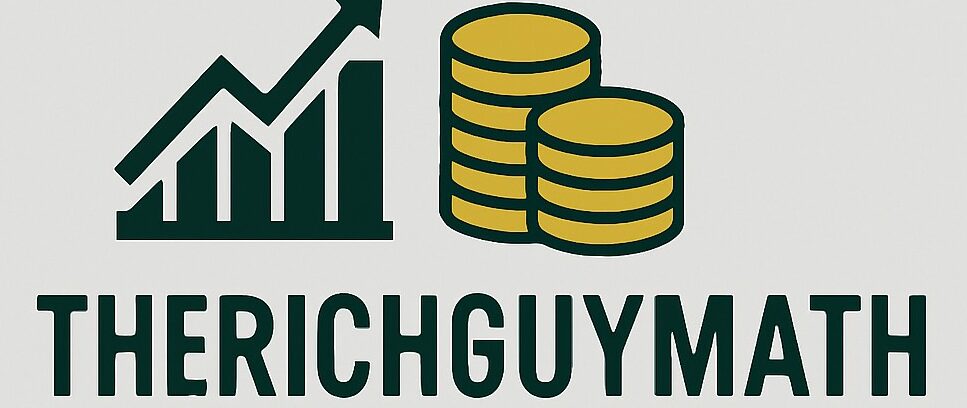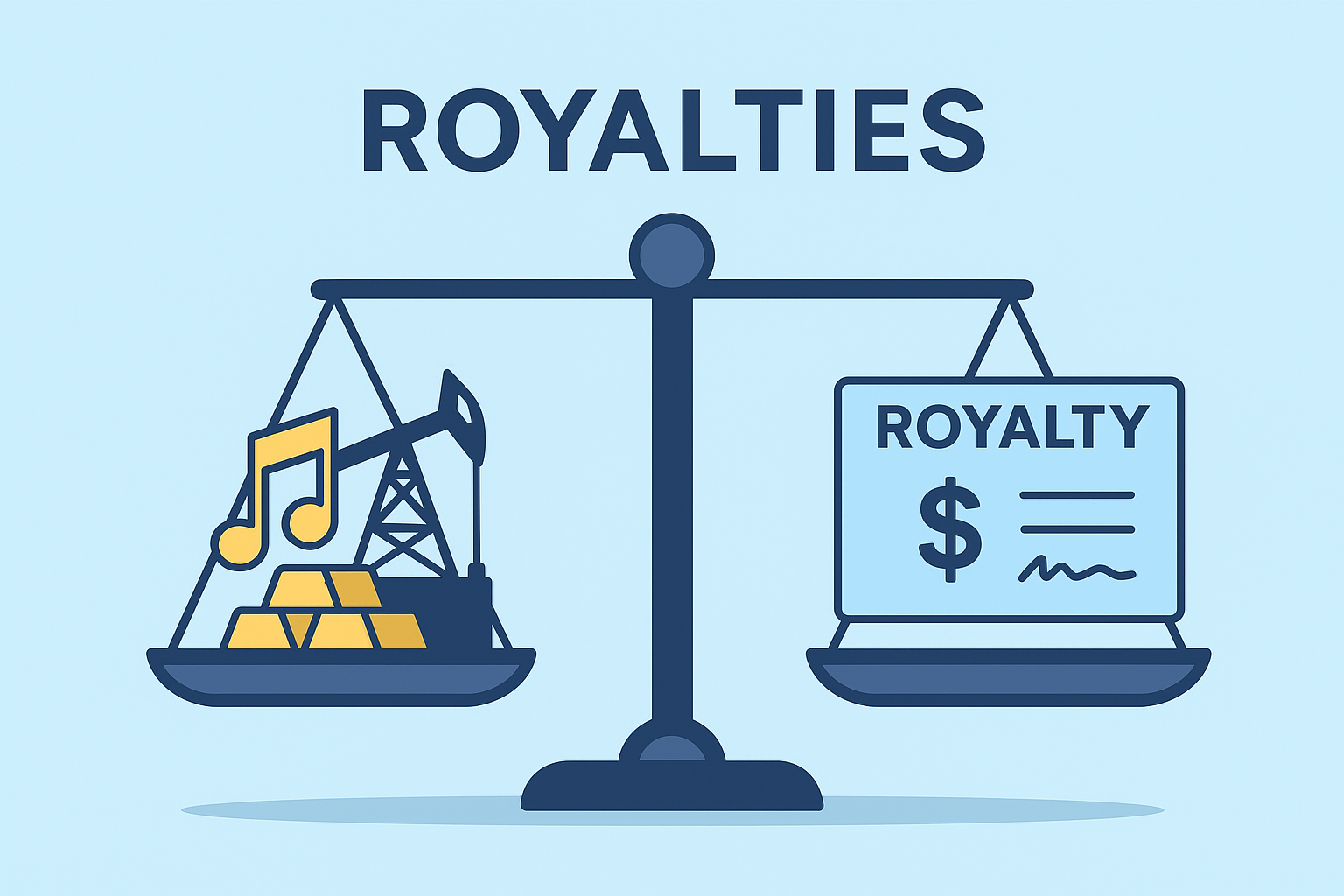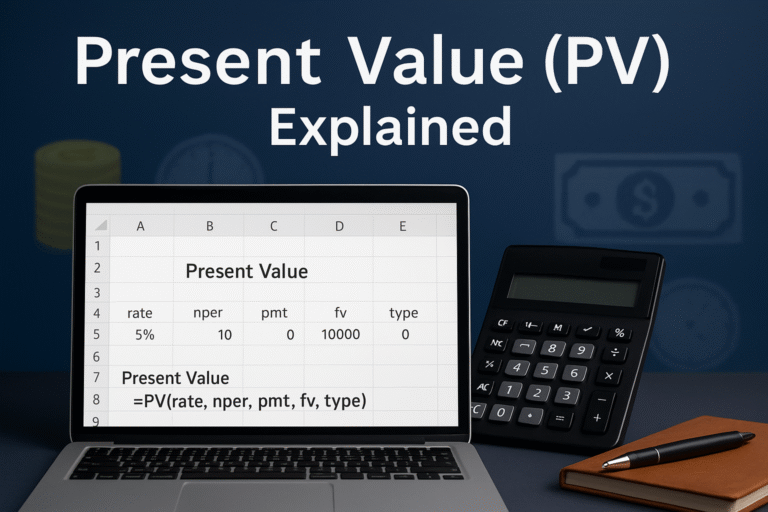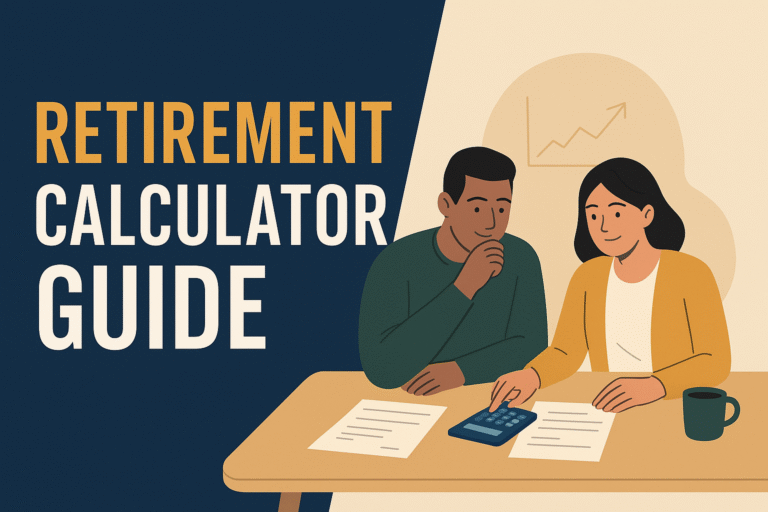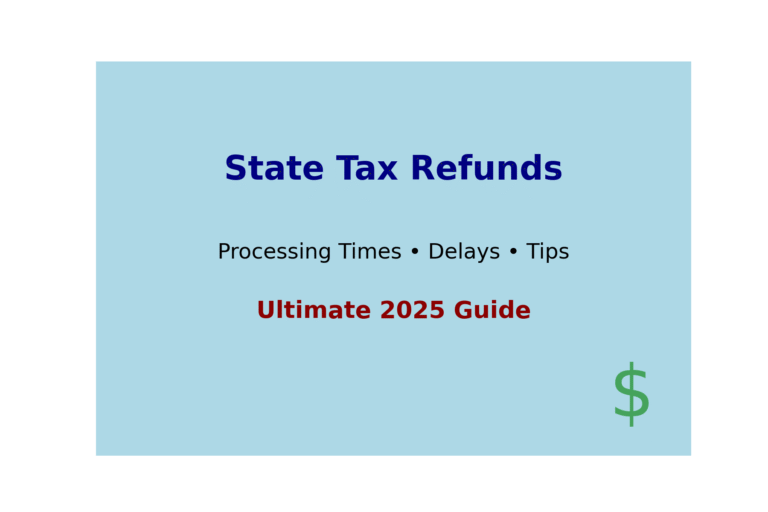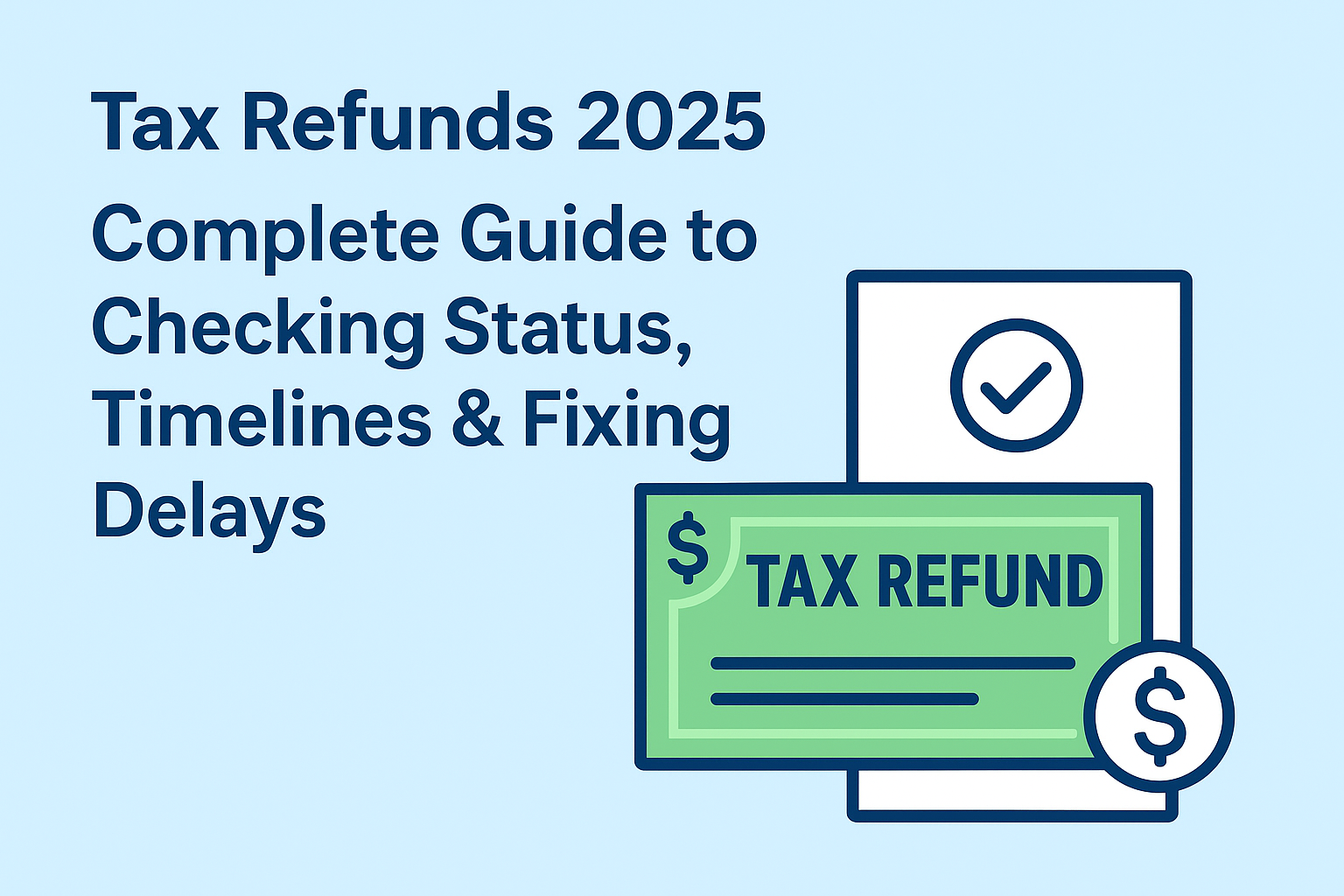How to Automate Your Finances: Automating your finances means setting up your money to move without thinking into the right places: savings, bills, investments, and more. This system helps you build wealth, stay on track, and avoid the temptation to spend what’s meant to be saved or invested.
Imagine this: You wake up on payday, and without lifting a finger, your bills are paid, your savings account grows, your investments keep compounding, and you still have money left for guilt-free spending.
That’s the power of automating your finances, a “set it and forget it” approach that removes stress, prevents missed payments, and helps you build wealth consistently. Whether you’re managing $1,000 or $10,000 a month, the principles are the same.
This guide will walk you through exactly how to automate your finances so you can save, invest, and spend smarter without constant effort.
Why Automating Your Finances Works
1. It removes willpower from money management.
Relying on discipline is risky. Bad days happen, emergencies pop up, and sometimes we “forget” to save. Automation ensures you save and invest first, before temptation hits.
2. It prevents costly mistakes.
Late fees, missed payments, and overdrafts can erode your wealth. With automated payments, bills are handled on time, every time.
3. It makes building wealth effortless.
Small, consistent actions snowball over time thanks to compound interest. Even $50 automatically invested every month grows significantly in 10–20 years.
Step-by-Step Guide to Automating Your Finances
1. Set Up a Central “Money Hub” Account
This is where all your income typically lands in your primary checking account. From here, money automatically flows to your bills, savings, and investments.
Tips:
- Use a bank with free automatic transfers.
- Keep at least one month’s worth of expenses as a buffer to avoid overdrafts.
Example: Paycheck → Checking → Savings (10%) → Investments (10%) → Bills (50%) → Spending (30%).
2. Automate Bill Payments
Schedule recurring payments for utilities, rent/mortgage, subscriptions, and insurance.
Best Practices:
- Use your checking account, not a credit card, with a risk of maxing out.
- For variable bills (like utilities), set a slightly higher auto-pay amount and get credits for overpayments.
3. Automate Savings First
Before spending a dime, transfer a set percentage to savings. This is the “pay yourself first” principle.
Accounts to Consider:
- Emergency Fund: 3–6 months of living expenses.
- Short-Term Goals: Travel, large purchases.
Pro Tip: Open a high-yield savings account (HYSA) to earn interest while your money sits.
4. Automate Your Investments
Whether it’s a retirement account or a taxable brokerage account, set recurring buys into ETFs, index funds, or fractional shares.
Why It Works:
- Removes emotional investing decisions.
- Benefits of dollar-cost averaging (DCA).
Example: $200/month into an S&P 500 index fund for 20 years can grow to over $150,000 (assuming 7% average returns).
5. Automate Debt Payoff
If you have high-interest debt, automation keeps you consistent.
Methods:
- Snowball: Pay smallest debts first for quick wins.
- Avalanche: Pay highest-interest debts first for maximum savings.
Set your minimums on autopay, then schedule extra payments separately.
6. Automate Retirement Contributions
Contribute directly from your paycheck to a 401(k) or IRA before money even hits your account.
Benefits:
- Employer match = free money.
- Tax advantages compound over time.
7. Review and Adjust Quarterly
Automation doesn’t mean forever untouched. Life changes, raises, debt payoff, or new expenses may require tweaks.
Set a quarterly money review to:
- Increase savings or investments.
- Cancel unused subscriptions.
- Adjust bill payment dates if needed.
Tools & Apps to Help Automate Your Finances
Banks with Great Automation Features:
- Ally Bank
- Capital One 360
- Charles Schwab Bank
Budgeting & Money Flow Apps:
- YNAB (You Need a Budget) – Great for tracking automation.
- Mint – Easy all-in-one view.
- Personal Capital – Tracks net worth and investments.
Robo-Advisors for Automated Investing:
- Betterment
- Wealthfront
- Fidelity Go
(External links to NerdWallet.)
Example Automated Money Flow
Scenario: $3,000 monthly paycheck
| Step | Amount | Account Type | Timing |
|---|---|---|---|
| Emergency Fund Savings (10%) | $300 | HYSA | 1st of month |
| Investments (10%) | $300 | Brokerage/401(k) | 2nd of the month |
| Bills (50%) | $1,500 | Checking → Autopay | Due dates |
| Spending (30%) | $900 | Checking/Debit | Ongoing |
Flowchart Visual:
Paycheck → Checking → (Auto-Transfers) → Savings, Investments, Bills, Spending.
Common Mistakes to Avoid
- Forgetting overdraft protection: Make sure you have enough in checking before big auto-payments.
- Not updating after a job change: Adjust transfers if income changes.
- Setting too many accounts: Keep it simple; complexity kills automation.
Final Thoughts: How to Automate Your Finances
Automating your finances isn’t about losing control; it’s about designing a system that runs smoothly without constant effort. By paying yourself first, investing consistently, and making bills worry-free, you free up mental space for bigger goals.
Start small: automate just one thing this week, like a $50 transfer to savings, and build from there. In a year, you’ll thank yourself for taking the first step.
Other Links:
Source Links:
